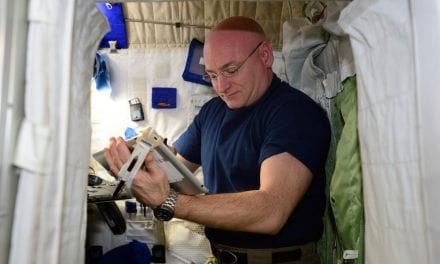Neurotechnology company NeuroVigil completed a second financing round in which in the company issued equity securities at a pre-money valuation that was over two-and-a-half times the post-money valuations of the Series A financing rounds of Google and Facebook, combined, for less than 0.5% of its common stock.
The company’s 2011 seed financing round, wherein NeuroVigil sold less than 2% of its common stock, was at a pre-money valuation that was over twice the combined seed valuations of Google and Facebook. “I continue to be impressed with the way NeuroVigil has met and exceeded its milestones,” says seed investor Howard Morgan, MD, in a release. Co-investors include space entrepreneur Elon Musk, venture capitalist Tim Draper, and venture capital firms Draper Fisher Jurvetson (DFJ) and Zone Ventures.
NeuroVigil was bootstrapped during the “Great Recession” by its chairman and CEO, Philip Low, PhD, who owns about 89% of the company. Low was a graduate student in computational neuroscience at the Salk Institute for Biological Studies and his PhD work on non-invasive brain biomarker extraction, summarized in a one-page thesis, led to the formation of NeuroVigil. “To paraphrase nuclear physicist Ernest Rutherford: ‘We had no money, so we had to think,’” says Low, who decided at the time to postpone entry into the consumer space and instead forge alliances with the pharmaceutical industry to generate cash flow and significant intellectual property, thus opting to forgo traditional consumer-driven venture capital support in favor of an aggressive multifaceted science-based strategy combining algorithms, devices, and database technology.
The mathematical formalism created by Low, including the SPEARS algorithm, enabled NeuroVigil to extract higher bandwidth from a single non-invasive electroencephalogram (EEG) channel and to dramatically reduce its footprint. This capability, combined with a wireless connectivity, provided the company with the potential to track a large number of people (whether on Earth or astronauts in space), thus making it easy to broaden the research population and monitor human brain activity with high precision and throughput and without encumbering subjects. “Philip discovered a fundamentally new way to assess brain activity….This technology is having tremendous impact,” says Nobel Laureate and Salk Institute interim president emeritus, Roger Guillemin, MD, PhD.
The company was launched in 2007 and is responsible for the iBrain portable brain monitor that has been used since 2009 by the pharmaceutical industry (ie, companies like Roche and Novartis) to gather data from the brain in clinical trials for research purposes, including from children with autism and outpatients. Typically NeuroVigil owns all the intellectual property and biomarkers generated from such collaborations including any generated by its clients and has access to an international portfolio of pending and granted patents. The company has also launched in 2011, at the request of NeuroVigil advisor and theoretical physicist Stephen Hawking, a program to help individuals with ALS communicate by thought alone, and has developed substantial intellectual property on this topic. In 2013, an ALS sufferer was able to spell a word using this non-invasive technology, which is still being further refined.
In 2015, NeuroVigil attracted significant interest from the senior care industry and is in negotiations with the largest senior care industry operators to monitor thousands of seniors as they progress from mild cognitive impairment to dementia. An initial contract has already been signed.




